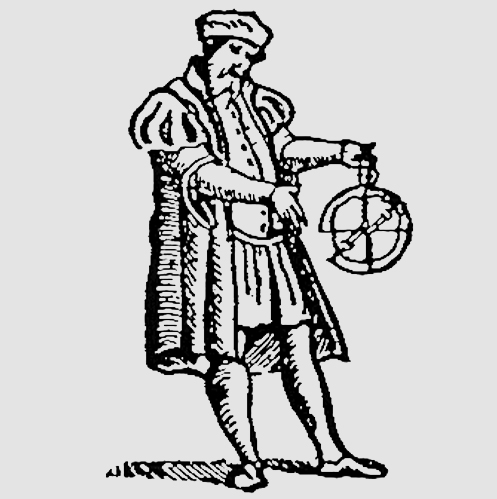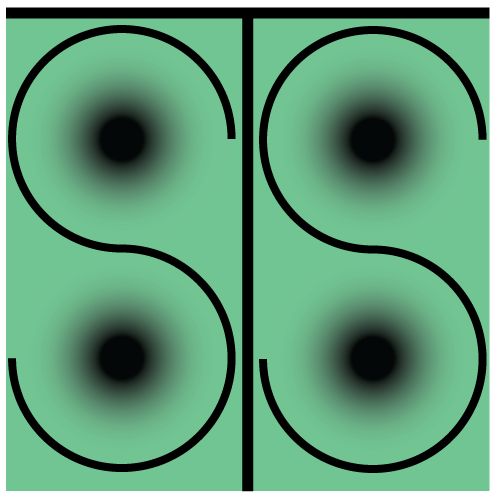Date/Time
Monday
14 Feb 2011
12:00 am - 6:00 pm
Location
470 Stephens Hall
Event Type
Brownbag
I will begin with a brief introduction to two principle types of medieval maps, mappaemundi and nautical charts, and then examine two geographical puzzles on medieval and Renaissance maps which have heretofore evaded solution. The first puzzle relates to a curious depiction of the island of Taprobane (modern Sri Lanka) on some nautical charts made between 1375 and 1500. I will show that this depiction derives from Islamic geography or cartography; this representation of the island is thus new evidence of the influence of Islamic culture on the West. The second puzzle relates to the globe of Johann Schöner of 1515. On this globe, which was made long before the discovery of Antarctica, there is a large ring of land around the South Pole, and in that southern continent there is a very long river that flows between two lakes, each of which is surrounded by mountains. I will show that this river derives from a classical theory about the flooding of the Nile. These two examples illustrate the fact that even the most curious features of medieval and Renaissance maps usually have an explanation in classical or medieval geography or cartography.
Additional sponsorship comes from: Office for the History of Science and Technology



